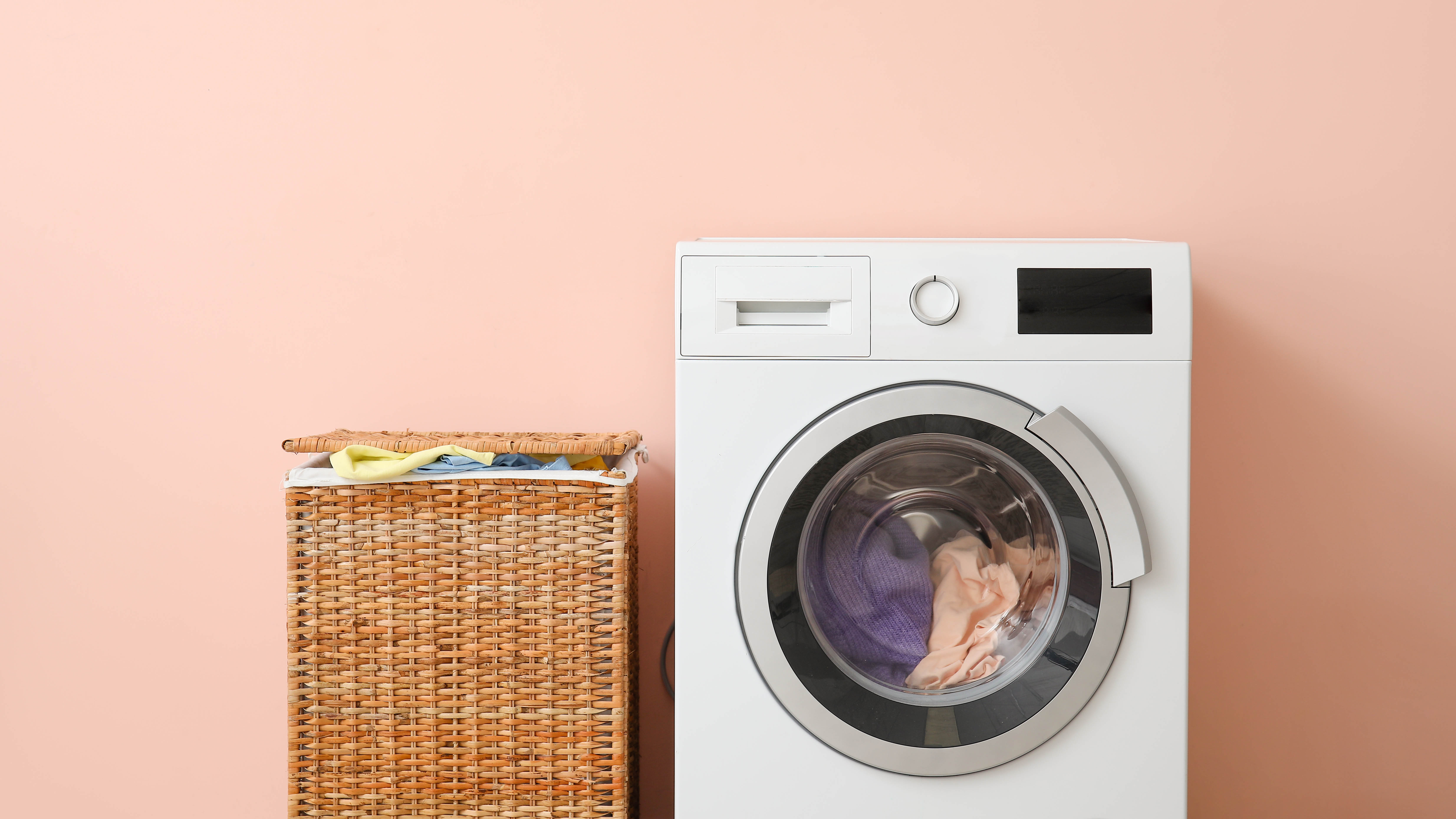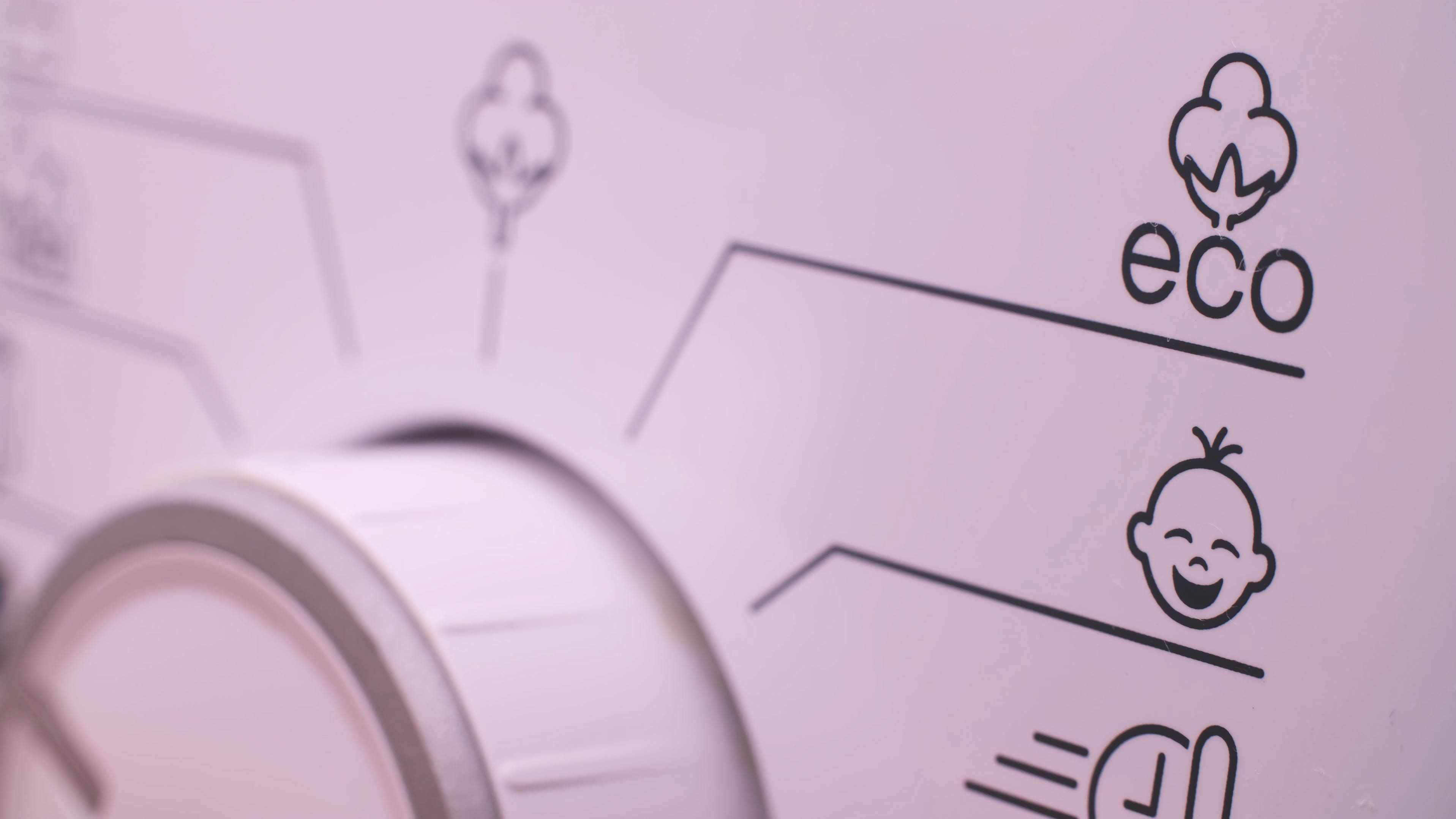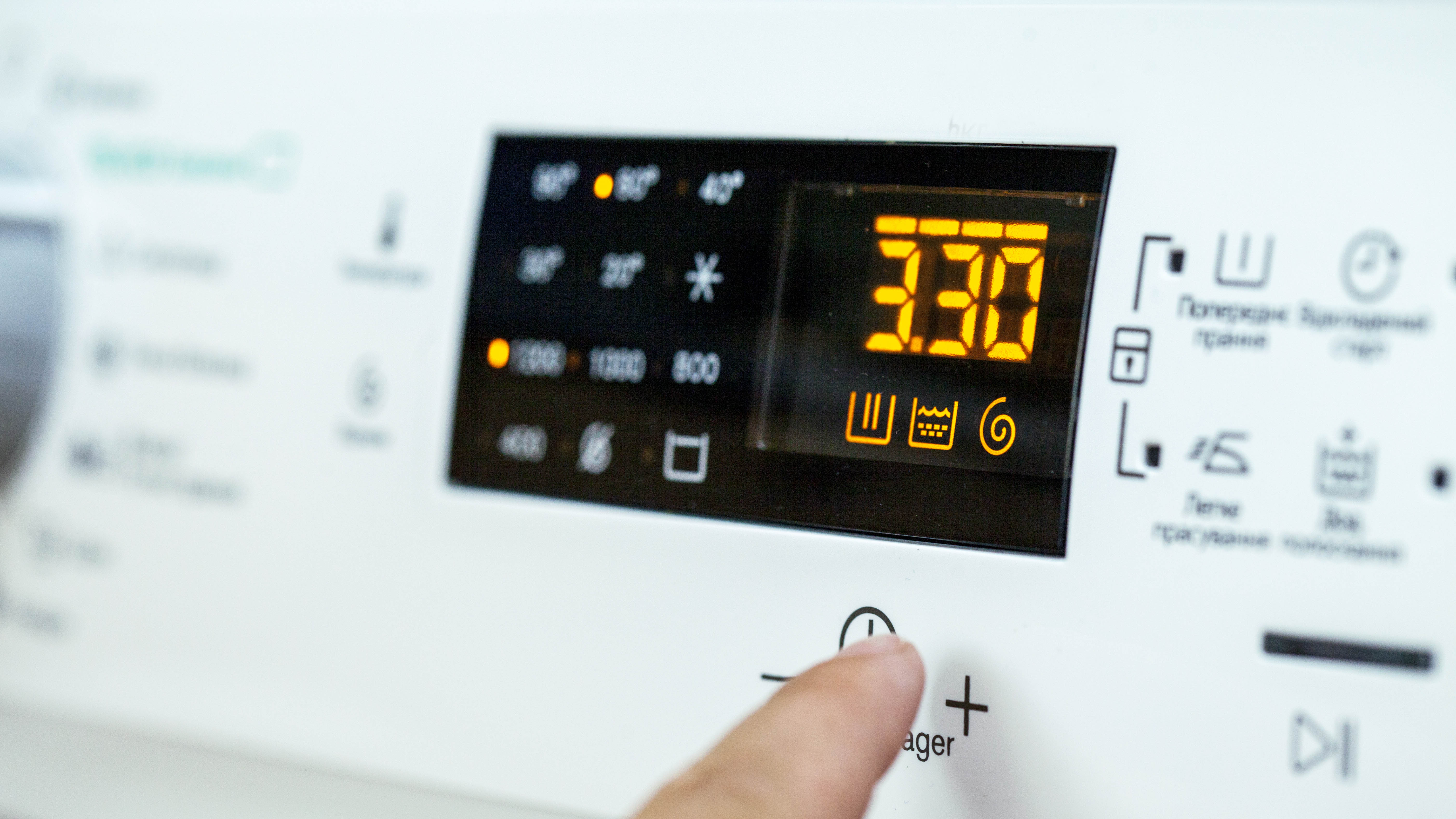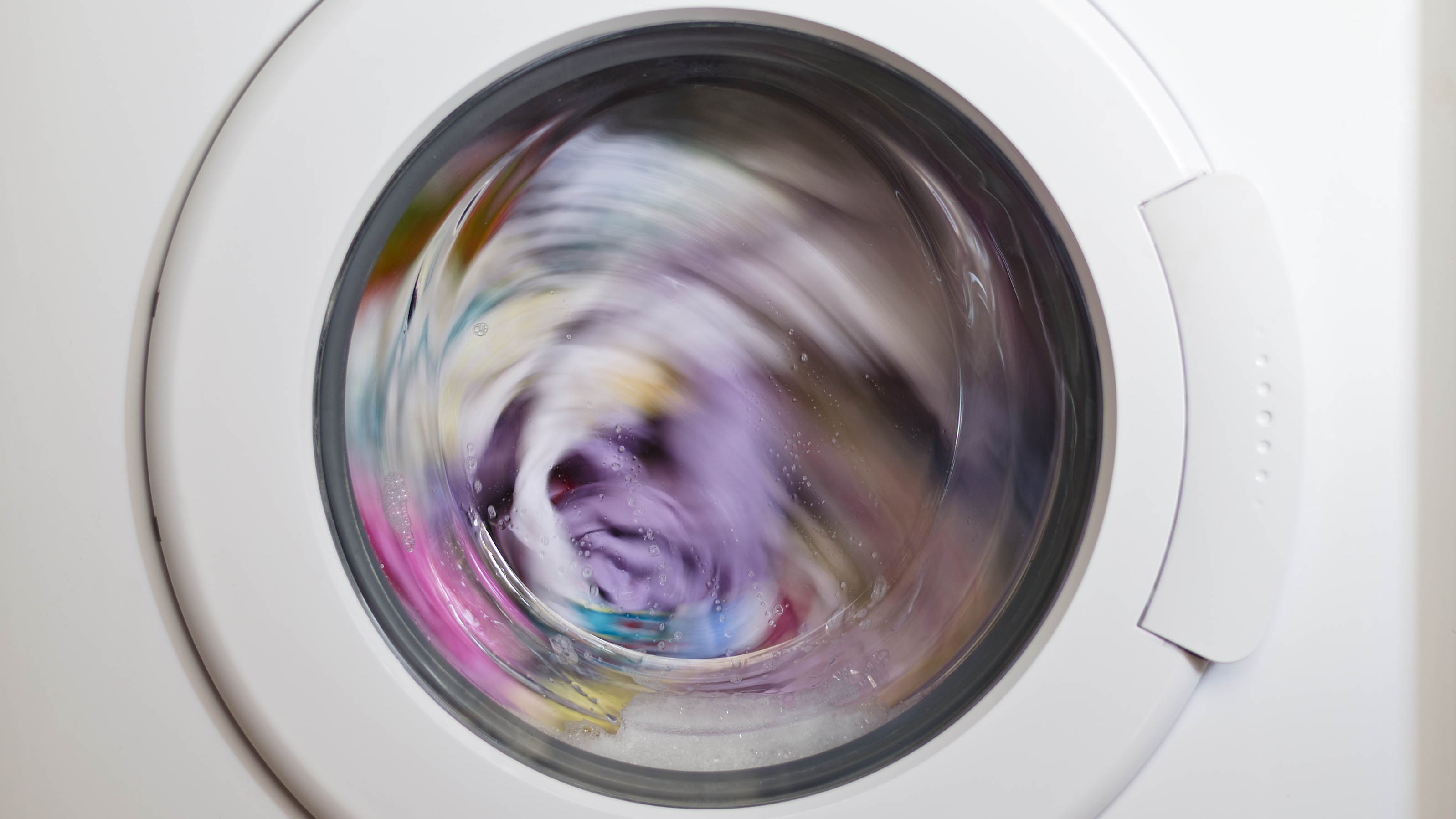Why is this energy-saving setting missing from U.S. washing machines?
I was surprised to discover the rarity of this washing machine setting in the U.S.

Side-by-side, the best washing machines look very similar, even when you compare models available in the U.S. with those available in the U.K. Front load washers may have a slightly bigger design, with a larger capacity to reflect this, but everything else appears fairly standard.
However, there is one major difference between washing machines which has eluded me until now — something which I only spotted after comparing the control panels directly.
There is an important setting which appears to be absent from the majority of washing machines in the U.S. And it's one that I actually use week-on-week as my predominant setting in the U.K. So it’s no understatement to say that I was surprised by this discovery, especially when you consider that we’re all trying to find tips for saving on the energy bill as of late.
Here, I will break down exactly what’s missing, as well as what you can do to replicate it.
If you’re reading from the U.K., be sure to check out this neglected washing machine setting can save money on your energy bill.
Which setting is missing?

The missing setting in question is, of course, the Eco setting. That's a typical washing cycle found on pretty much every U.K. washing machine, and it serves a fundamental purpose — it saves energy, and sometimes water consumption, too. The Eco setting reduces the temperature of the wash and runs for an extended period of time to achieve a sufficient level of cleanliness.
So the Eco setting will actually run for longer than your standard settings. And while you might think this will consequently cost more, it’s quite the opposite. The majority of energy consumption in a washing machine comes from heating the water, rather than rotating and spinning the clothes. So by heating the wash at a lower temperature, you will naturally save money on your energy bills. Some Eco settings will use less water consumption in the process, too, saving even more money.
Sign up to get the BEST of Tom's Guide direct to your inbox.
Get instant access to breaking news, the hottest reviews, great deals and helpful tips.
The Eco setting can be found on other appliances in the U.K. as well, while it’s still MIA in the U.S. For instance, the Eco setting is a standard sight on the best dishwashers on my side of the pond. Again, this functions in a similar way — a longer cycle in return for less energy consumption in heating the water.
Why is this setting important?

This Eco setting isn’t just important in that it saves you money in energy consumption, although that is a major benefit. It’s also essential that we reduce energy consumption for environmental reasons. The burning of fossil fuels to produce the energy necessary to generate electricity and the subsequent release of greenhouse gases into the atmosphere has a huge impact on the planet.
According to the EPA: ‘Of the total energy consumed in the United States, about 40% is used to generate electricity, making electricity use an important part of each person’s environmental footprint.’ So, where we can save energy, we should do so, especially if it produces the same results.
Having said that, the Eco setting is not without its drawbacks. First, as mentioned earlier, it does take its time to run. So you need to put aside more time for your laundry day. It’s also naturally not as effective at stain removal versus the hot wash options. So, if you’re dealing with heavily stained laundry, the Eco setting wouldn’t be the best option.
The Eco setting shouldn’t be discounted despite this, though. It still offers a solution for everyday wash scenarios which will save you money and have less of an impact on the environment too.
How can I replicate the Eco setting?

If you’re frustrated at the lack of an Eco setting on your washing machine, there are steps you can take to replicate it. First, you can drop the temperature of your wash to the minimum required. A hot wash is necessary for dealing with heavily stained items, or for sanitization purposes. But, if you’re just washing an everyday load, consider using a cooler setting.
You can also adjust your rinse cycle to save on water consumption, although remember that you will still need a setting which is sufficient to remove any residual detergent.
Of course, by reducing the soiling setting, the wash will naturally be less aggressive and timely, and by lowering the spin speed, you can save some energy here, too. However, remember that a lower spin will produce wetter laundry. If you intend to just move the load to one of the best clothes dryers, the energy-saving effort will be counterproductive. Try hanging your clothes up to dry to avoid this. But, if you’re determined to dry via the clothes dryer, stick to a higher spin speed to save more energy. Increasing the spin is more energy-efficient versus the extra time required in the dryer. Always follow the care label for guidance and to avoid damaging the item.
Make sure you pick the most appropriate setting for your laundry as well. If extra options, such as steam settings, aren’t necessary, skip them. For guidance on which settings to use in each circumstance and what your washing machine is actually consuming, check your user manual.

Whatever you do, don’t just rely on the quick wash setting to save on energy. While the quick wash setting is fast and convenient, it’s not cleaning your laundry as thoroughly as the standard settings. And because it can only hold a reduced amount of laundry, you’re likely over-using your washing machine and making it work harder than it should. which won't help it last longer. For more details, see when you should and shouldn’t use the quick wash setting on your washing machine.
Essentially, the key to saving money here is not to under-wash your laundry, but to use the best settings to suit the load and nothing more. Hopefully, the Eco setting will make an appearance on U.S. appliances in the future, but for now, we can only make the necessary adjustments to save energy where we can.
It also helps if you invest in an energy-efficient design in the first place — this reduces water and energy consumption off the bat. Look out for Energy Star Certified models to confirm this.
Other tips to make your laundry room more energy efficient
- Wash clothes less often — We do have a tendency to over-wash our clothes. While undergarments and socks indeed need washing after each wear, some items, such as jeans, may only need washing once every 10 wears. Your sheets, on the other hand, should be changed once a week. For more info, see how often should you change your bedsheets?
- Hang clothes to dry — As mentioned earlier, skip the clothes dryer altogether and hang your washing to dry. You’d be surprised how much energy you can save by doing this.
- Fill your washing machine to capacity — This will make the most use of the space, and will mean your washing machine doesn’t have to run so often. Don’t overload it though, otherwise it won’t be able to wash properly and you will waste a cycle.
- Buy a more energy-efficient machine — If your washing machine is an older model and it looks a little worse for wear, it might be time to upgrade. Modern washing machines are much more energy-efficient versus older designs, and this can really help save you money on your energy bills. For guidance on which to choose, see our list of the best washing machines.
More from Tom's Guide

Katie Mortram used to be a Homes Editor for Tom's Guide, where she oversaw everything from kitchen appliances to gardening tools, as well as smart home tech. Specializing in providing expert advice for cleaning and home manintenance, she now works as Household Advice Editor for Good Housekeeping.
